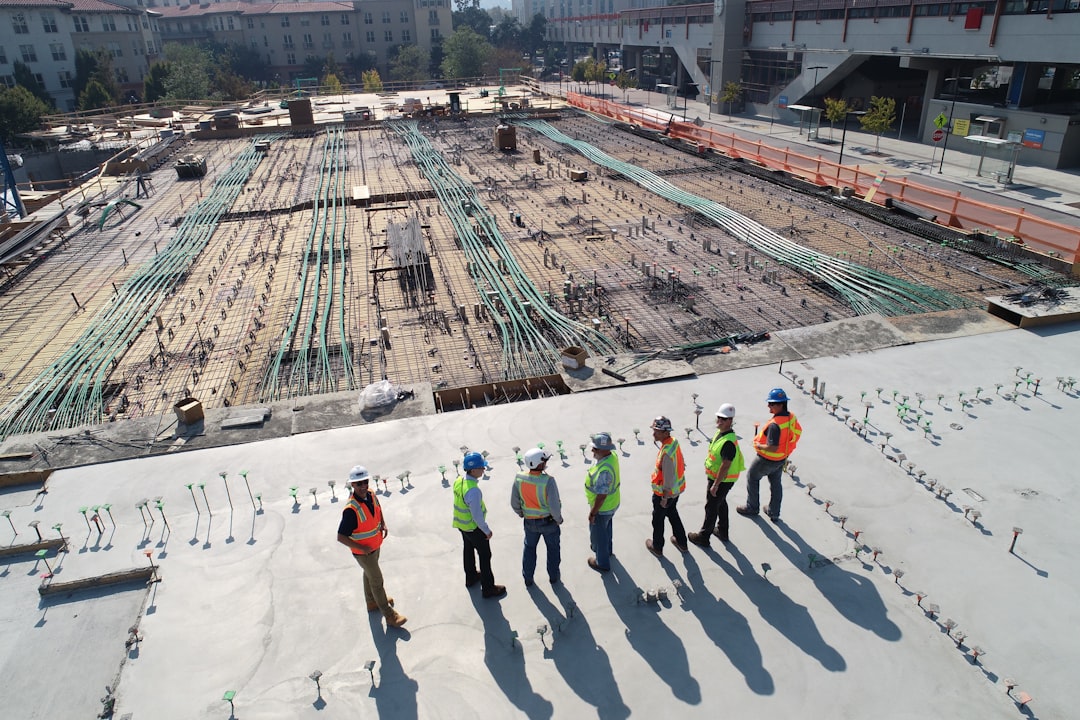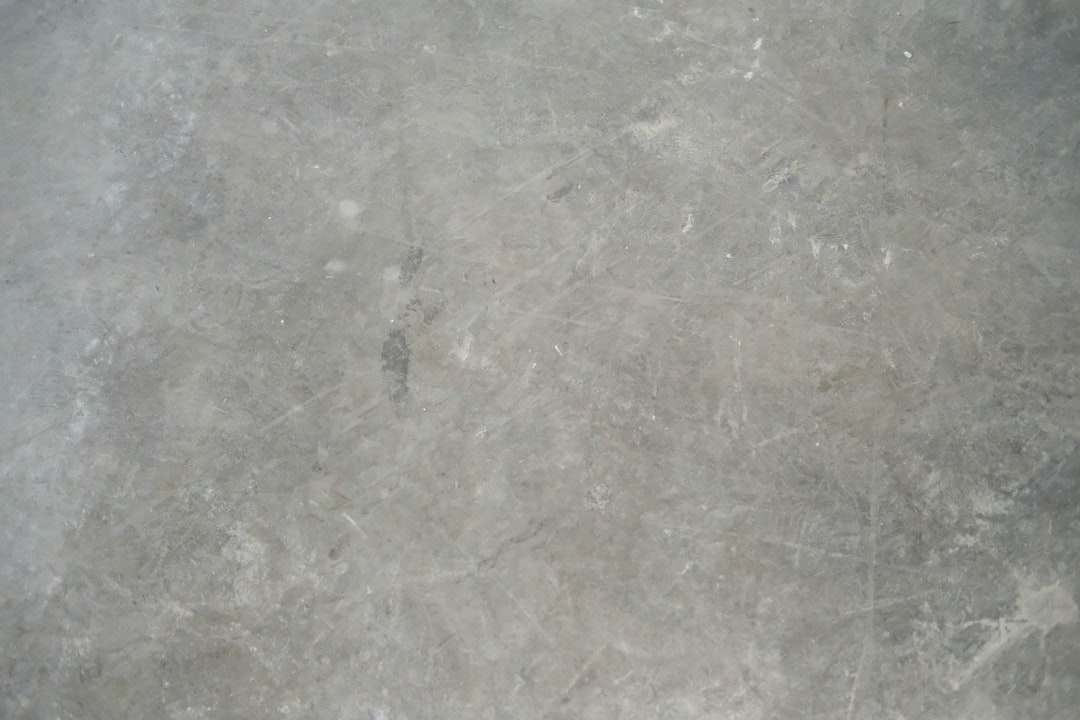If you are planning to waterproof concrete, you will want to read this article first! We will cover everything you need to know about concrete waterproofing, including the various methods that are available and the benefits of each. We’ll also discuss some common mistakes people make when waterproofing concrete, so you can avoid them yourself. So, whether you are a homeowner who is looking to waterproof your own concrete or a contractor who is looking to offer this service, read on for all the information you need.
Concrete waterproofing is a key step in protecting concrete from damage caused by moisture, such as mold growth and cracking. There are several different methods for waterproofing concrete, including coating the concrete surface with a waterproof sealant, using special concrete additives during mixing, or installing underground drainage systems to keep water away from the concrete.
One of the biggest benefits of concrete waterproofing is that it can help to prevent costly repairs later on. When concrete cracks or develops mold due to moisture exposure, it typically requires expensive repair work that can be avoided by taking the proper precautions upfront. In addition to saving you money in the long run, concrete waterproofing also offers other important benefits, including increased protection against weather damage and increased resistance to chemical spills and corrosion.
Whether you are planning a new concrete project or looking to repair an existing concrete surface, concrete waterproofing is an essential step that should not be overlooked. To learn more about this important process and explore your options for concrete waterproofing, get in touch with a trusted contractor today.
How do they work?
Concrete waterproofing methods can vary depending on the type of concrete surface or structure that you are working with. The most common types of concrete waterproofing include:
- Chemical waterproofing treatments, which involve applying a specially formulated concrete sealant to the concrete surface in order to create a protective barrier against moisture and water damage.
- Surface coatings, which consist of specialized concrete sealers that are applied directly to the concrete surface and act as an impenetrable barrier between the concrete and any potential water damage. These treatments can also help protect your concrete from other elements such as corrosion, chemicals, and weather damage.
- Subsurface drainage systems, which divert excess moisture away from sensitive areas of your concrete structure by installing a system of pipes, gutters, and drains beneath the concrete surface. These systems can be especially effective for concrete structures that are prone to standing water or seepage, such as concrete slabs and basements.
Whether you’re looking to protect your concrete from moisture damage or simply want to extend its lifespan, concrete waterproofing is essential for ensuring the long-term health of your concrete structure. With the right concrete sealant or drainage system in place, you can rest easy knowing that your concrete will stay protected against moisture damage and other hazards for years to come.









